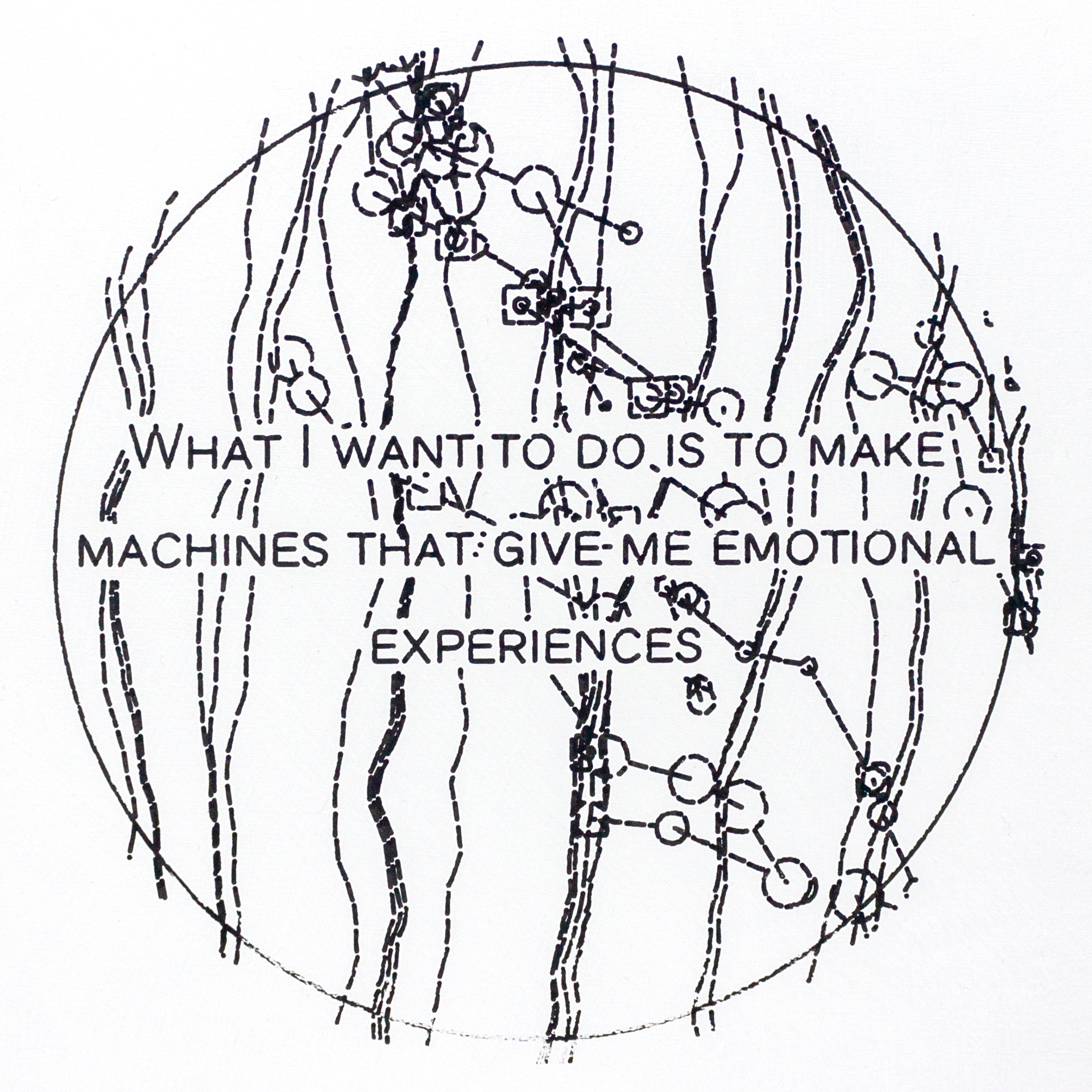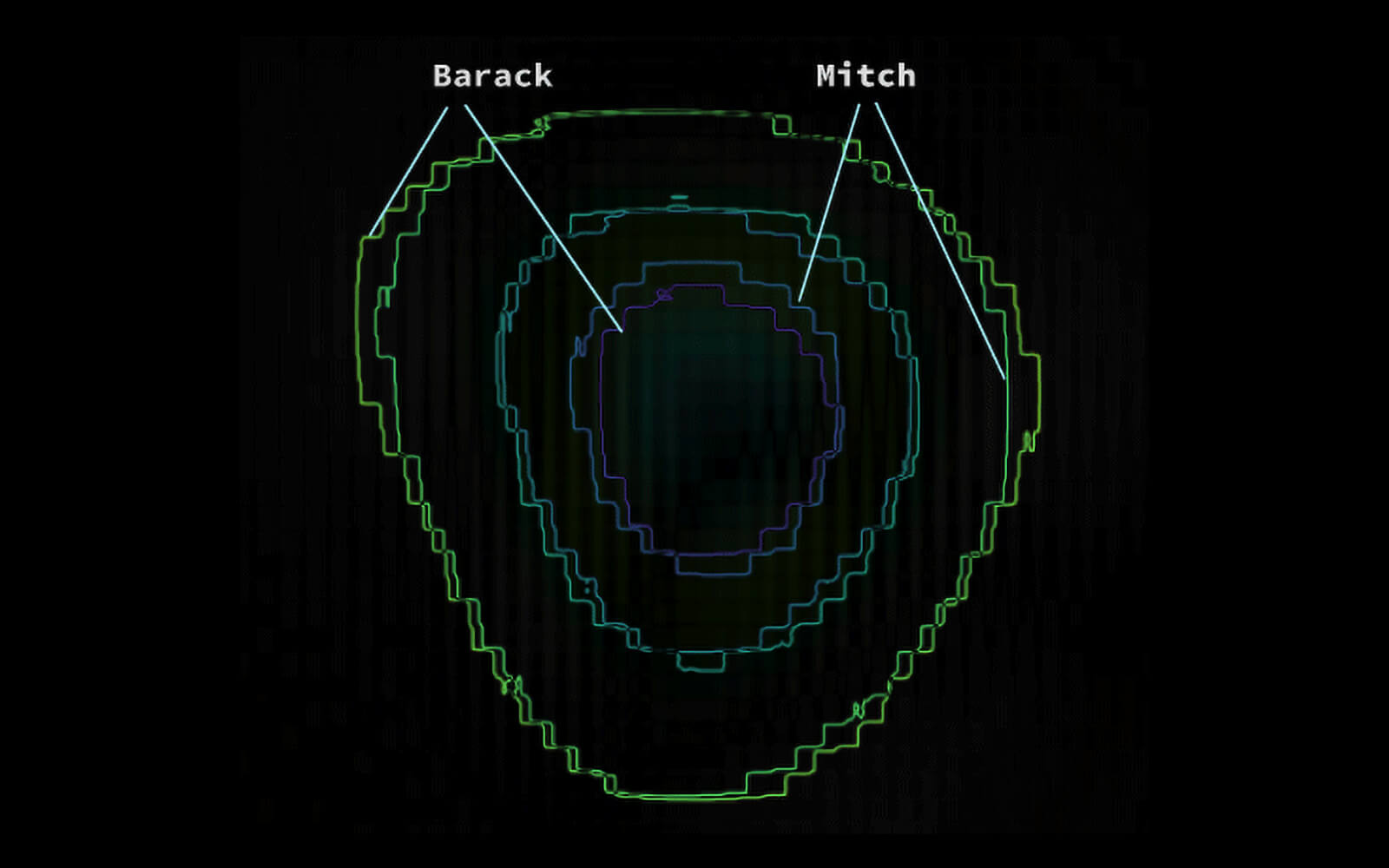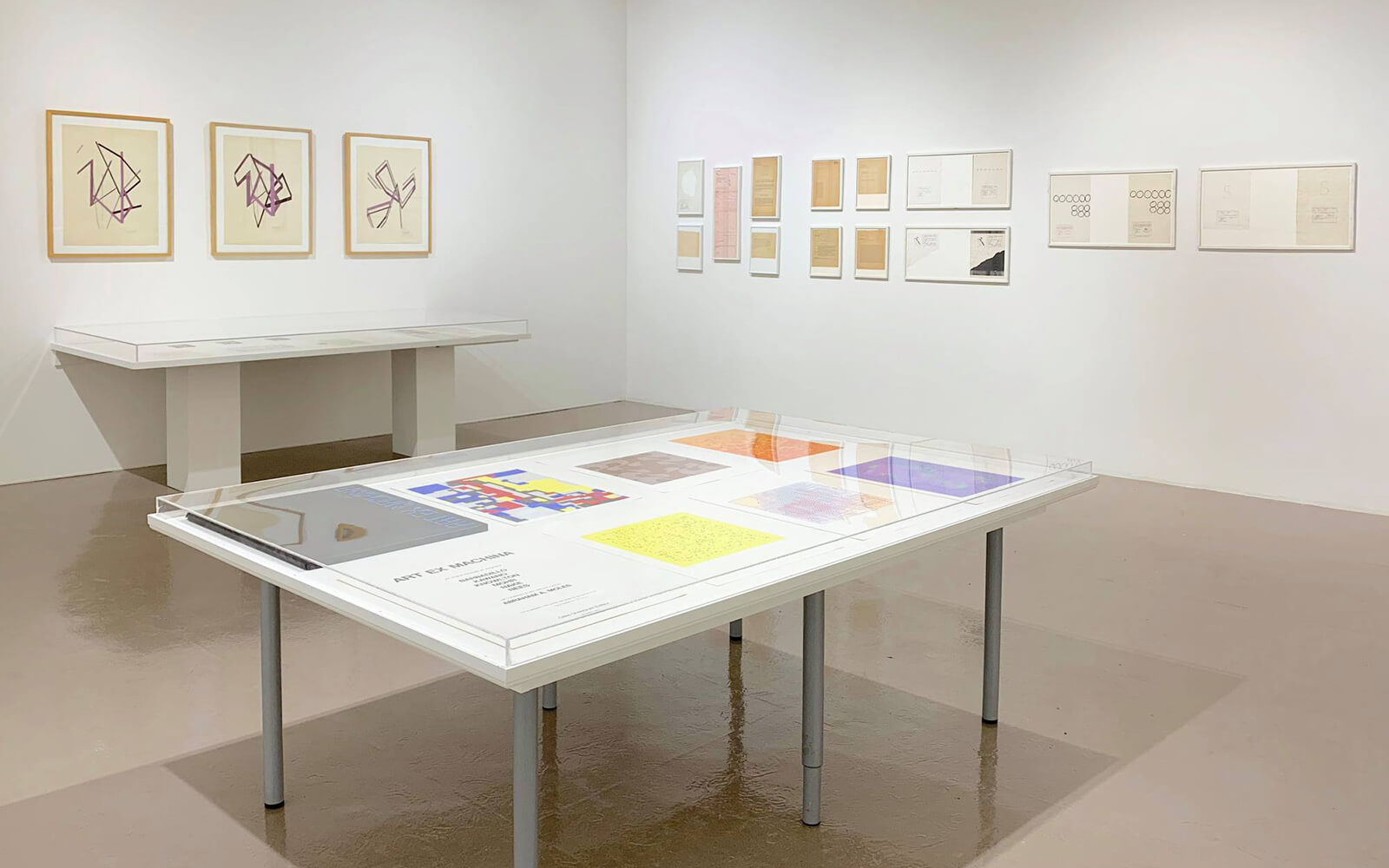Sterling Cripsin GPT Paintings

Humbly captioned “some of my favorites out of these new GPT paintings,” artist Sterling Crispin shares a fresh batch of GPT3 and GPT2-XL neural network derived plotter drawings, as part of a thread chronicling his progress on the series.

Metadata:
/

